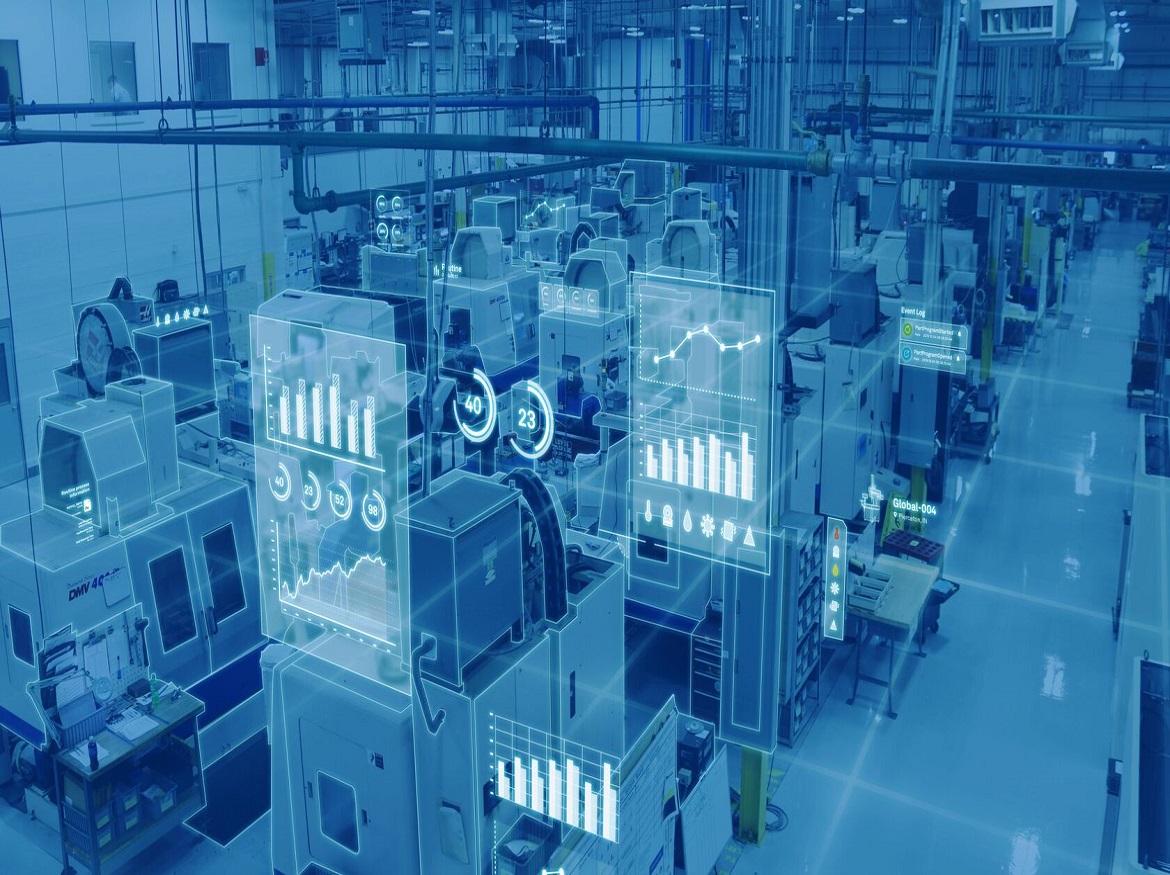It all started with functional data. Companies captured data about their customers and their products. Then it was about the machines in the production line and the people operating them. Then came market data, the brand, the reputation, the competition – the scope of data collection was limitless and expanding.
Functional data quickly became cross functional. It scaled again to become system wide, covering entire organisations and it didn’t stop there. Companies that embrace digital transformation collect data from diverse sources in the value chain and wider business environment, often updating in real time. Each new connected device is a node in a rhizome, in an ecosystem, itself within a larger network of interrelated data.
The inconceivably vast quantity of data generated every second has changed the world. Data used to be a vehicle to understand other phenomena, now it is itself an area of study – the science of data. It has given rise to new products, processes, organisations and entirely new industries.
Embedded within it are two vital concepts: the digital twin and the digital thread.
What is a digital twin?
A digital twin is a highly accurate digital version of a physical object, system, or even a design on a drawing board. It is created by integrating real-world data, and increasingly artificial intelligence, for advanced simulation and analysis. It mirrors the behaviour and characteristics of its physical counterpart and enables real-time monitoring. Digital twins facilitate data-driven decision-making, predictive maintenance, and process optimisation.
Think of a digital twin as an advanced form of data visualization. With the latest technology, we can harness the true power of all this data and create a perfect digital replica of a product, process or even a complete production line. It provides a real-time simulation of the physical counterpart, allowing for monitoring, analysis and optimisation. This can bring enormous benefits to an organisation, to governments and even entire countries, as Mckinsey explained in a recent research report.
Digital twins enable a deeper understanding of an object, or process. The data creates an interactive model that perfectly mimics the behaviour, characteristics and functionality of the actual object or system. It’s about seeing more, and seeing deeper and seeing better than ever before. A digital twin allows you to zoom in to the granular detail without a microscope and zoom out to see the wider context without taking a step backwards. You can turn an object upside down, revolve it, even turn it inside out.
In fact, the digital twin goes beyond that. It allows us to create a simulation of a design before it’s even left the drawing board. With this technology we can answer all the “What if” questions that would be too complex, too time consuming or expensive to try out physically.
What is a digital thread?
The term “digital thread” refers to the way that data flows through an organisation. Think of it like a digital story that follows a product or process from start to finish. It’s about keeping all the digital information connected and flowing smoothly during its entire lifecycle.
The idea is to make sure that everyone involved can easily find and understand the digital information at each step. This helps people work together better, reduces mistakes, and makes things work more efficiently.
Leveraging data to its fullest extent means creating connections where none existed before. Data locked in a silo is data curtailed, data restricted. We live in a connected world where satellite relays provide global coverage in even the most remote areas. In this business environment, there is no reason why data silos should exist in the product lifecycle.
The concept of a digital thread is all about linking data silos across the entire value chain of an industry and that’s one of the key building blocks of a digital twin. The age of digital transformation, companies must weave a digital thread that creates uninterrupted connections across functions, assets, customers, production sites, products in use and beyond.
The concept of a digital thread gives us a holistic understanding of our entire organisation within its business environment. Everything from its suppliers to the products it makes through to the end user and onwards in recycling, upgrading or disposal. It gives us the power to provide the ultimate visibility to whoever needs it, wherever they are.
Consequently, it’s not a hub and spoke model, it’s more like a rhizome spreading its roots in an organic way depending on the natural ebb and flow of data requirements.
Unlike a hub-and-spoke model, where data converges towards a central point, the digital thread embraces the interconnectedness of information. It acknowledges that product knowledge is not confined to a single repository. It resides scattered across various domains, waiting to be unearthed and integrated.
By embracing this rhizomatic approach, the digital thread empowers organisations to harness holistic approach to data, unlocking insights that would otherwise remain hidden.
By Richard Baldwin
Credits: Hexagon











